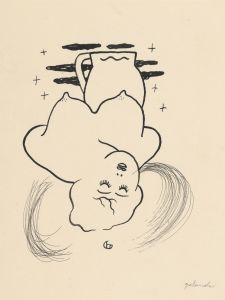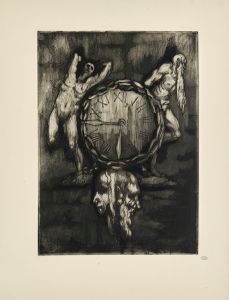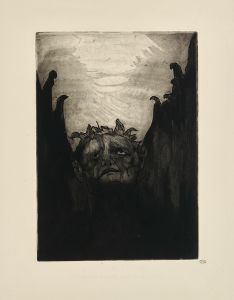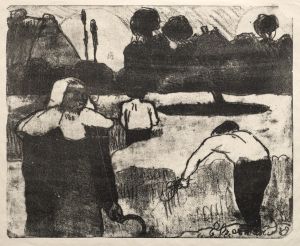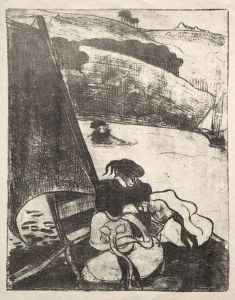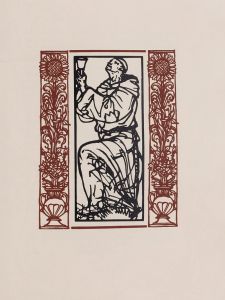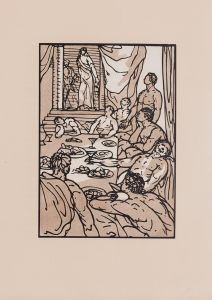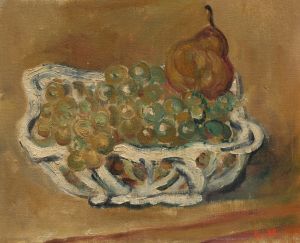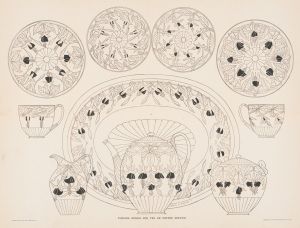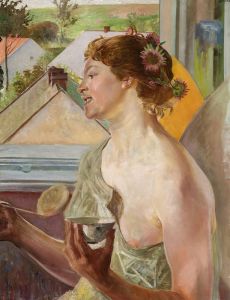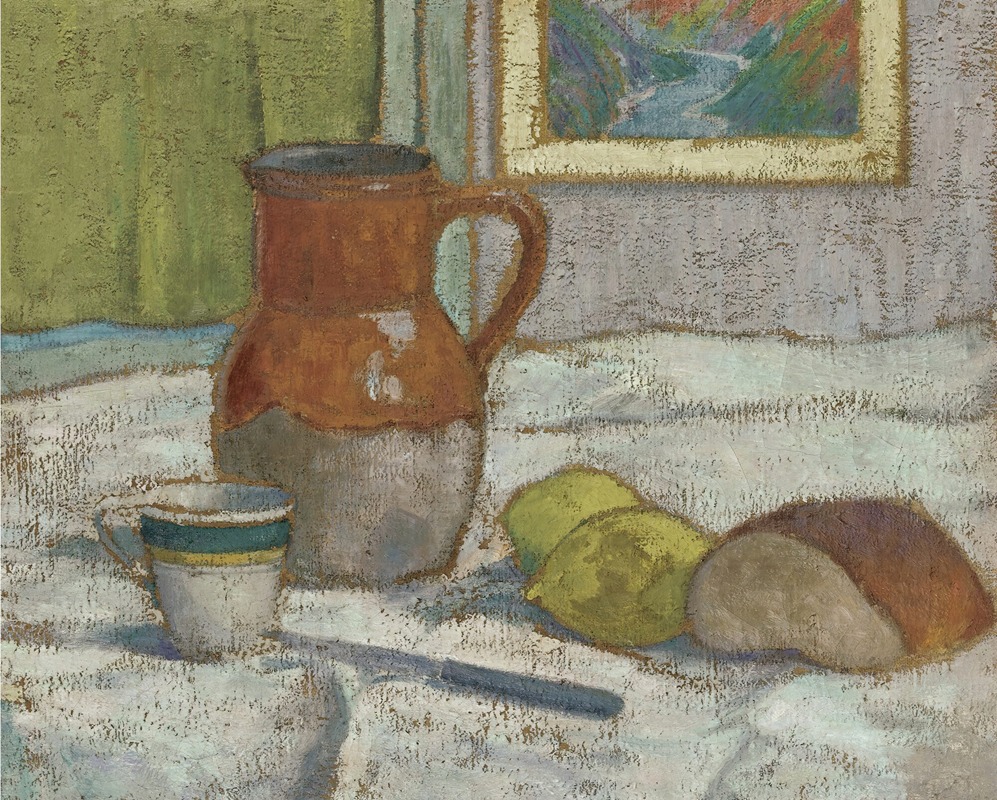
Nature Morte Au Pichet Et À La Tasse
A hand-painted replica of Emile Bernard’s masterpiece Nature Morte Au Pichet Et À La Tasse, meticulously crafted by professional artists to capture the true essence of the original. Each piece is created with museum-quality canvas and rare mineral pigments, carefully painted by experienced artists with delicate brushstrokes and rich, layered colors to perfectly recreate the texture of the original artwork. Unlike machine-printed reproductions, this hand-painted version brings the painting to life, infused with the artist’s emotions and skill in every stroke. Whether for personal collection or home decoration, it instantly elevates the artistic atmosphere of any space.
Emile Bernard's "Nature Morte Au Pichet Et À La Tasse" is a still life painting that exemplifies the artist's contribution to the Post-Impressionist movement. Emile Bernard, born in 1868 in Lille, France, was a pivotal figure in the development of modern art, known for his innovative approaches and collaborations with other influential artists of his time, such as Vincent van Gogh, Paul Gauguin, and Paul Cézanne.
The painting "Nature Morte Au Pichet Et À La Tasse" showcases Bernard's distinctive style, which often involved bold outlines and flat areas of color, a technique that was part of the Cloisonnism movement he helped pioneer. Cloisonnism, characterized by its use of strong contours and simplified forms, was a reaction against the more naturalistic styles of Impressionism. Bernard's work in this style was influential in the development of Symbolism and Synthetism, movements that sought to express deeper meanings and emotions through art.
In "Nature Morte Au Pichet Et À La Tasse," Bernard employs a composition that is both simple and striking. The painting features a pitcher and a cup, common elements in still life art, arranged in a manner that emphasizes their shapes and the interplay of light and shadow. The use of color is particularly notable, with Bernard opting for a palette that enhances the visual impact of the objects depicted. The background is often rendered in a way that contrasts with the objects, highlighting their form and presence.
Bernard's approach to still life was not merely about the representation of inanimate objects but also about exploring the relationships between form, color, and space. This exploration is evident in "Nature Morte Au Pichet Et À La Tasse," where the arrangement of the objects and the choice of colors create a sense of harmony and balance. The painting reflects Bernard's interest in the symbolic potential of everyday objects, a theme that recurs throughout his work.
Throughout his career, Bernard was known for his intellectual approach to art, often engaging in discussions and debates with his contemporaries about the direction of modern art. His correspondence with Vincent van Gogh, for example, reveals a deep engagement with the theoretical underpinnings of their artistic practices. Bernard's influence extended beyond his own work, as he played a crucial role in the development of the Pont-Aven School, a group of artists who gathered in Brittany and were instrumental in the evolution of Post-Impressionism.
"Nature Morte Au Pichet Et À La Tasse" is a testament to Bernard's skill as a painter and his ability to convey complex ideas through seemingly simple compositions. The painting remains an important example of his contribution to the art world, reflecting both his mastery of technique and his innovative spirit. Emile Bernard's legacy is marked by his ability to bridge different artistic movements and his commitment to exploring new ways of seeing and representing the world.







